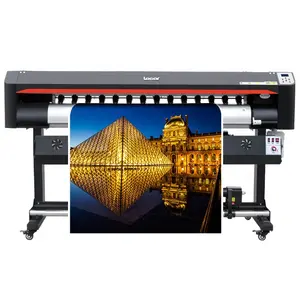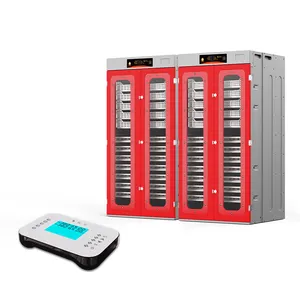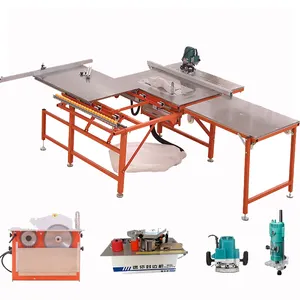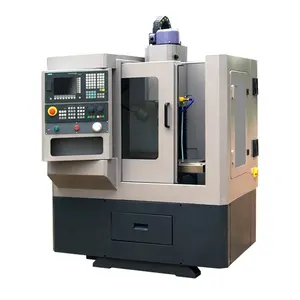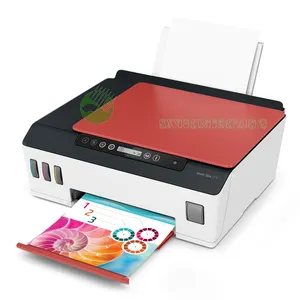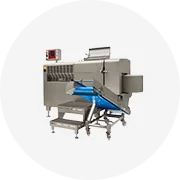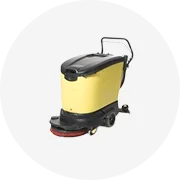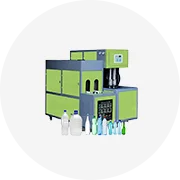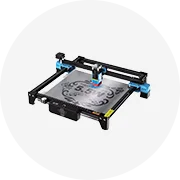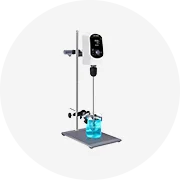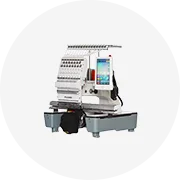Popular in your industry






Kelier Factory Price Automatic Single Pass Inkjet Printing High Quality Paper Cup Printer Single Pass Digital Printer
$7,000.00 - $13,194.20
Min. Order: 1 piece
4.7/5.0·56 reviews·"good service"





1325 3 Axis 4x8 Ft Feet Woodworking CNC Router Carving Engraving Machine Wood
$1,400.00 - $2,000.00
Min. Order: 1 set
0.0/5.0·0 reviews·"fast delivery"






32% Discount Hot Sale Cheap Wood Carving Router 4 Axis / 3D Cylinder And Milling Advertise Machine 1325 Cnc Wood Router
$8,899.00 - $9,899.00
Min. Order: 1 piece
0.0/5.0·0 reviews






3d Woodworking Machine 3d 4*8 Cnc Wood Router 1325 Machine Price Woodworking Machinery
$1,500.00 - $2,999.00
Min. Order: 1 set
0.0/5.0·0 reviews·"fast delivery"













Sunthinks A3 SC300 Mini Digital Printer Inkjet Single Pass Printer For Egg Box Paper Cup Kraft Bag Wood Boxes Printing
$2,100.00 - $12,900.00
Min. Order: 1 set
5.0/5.0·44 reviews·"good supplier"






mini business a3 uv digital flatbed printer machine for crystal / cell phone cover /pvc card / wood / poster
$1,780.00 - $3,180.00
Min. Order: 1 set
4.6/5.0·54 reviews·"quick shipping"











3D UV Intelligent Vertical Glass/Wood/Ceramicwall Printer Digital Inkjet Direct to Wall Printing Painting Machine
$3,600.00 - $4,500.00
Min. Order: 1 set
5.0/5.0·17 reviews·"good service"





3d Vertical Wall/Glass/Metal/Wood/Paper/Ceramic Mural Art Direct Inkjet Printer Printing Machine Price
$4,050.00 - $4,500.00
Min. Order: 1 set
5.0/5.0·5 reviewsTop categories
About wood inkjet printer machine
Buy wood inkjet printer machine for color or black and white printing at high resolutions from Alibaba.com. Whether you need to convert a digital photograph into a hard copy, or for your photography hobby, wood inkjet printer machine make it easy to print out your digital pictures onto paper. No need to replace plates to print again, just fire command and let your handy wood inkjet printer machine do the job.
wood inkjet printer machine have enabled fast and clean printing for various applications. Use your wood inkjet printer machine for one of several uses, personal or commercial. Desktop publishing, variable, print-on-demand, fine art, advertising, photos, architectural design and sleeking are areas that have benefited from wood inkjet printer machine. At Alibaba.com, you can choose ready-to-ship digital printers from one of several available brands. Alternatively, put digital printers to commercial use. Beautify plain paper with rich color from your LazerJet to give life to stunning portraits.
Get the best prices and compare brands to zero in on the perfect wood inkjet printer machine for your need. Narrow down your choice of wood inkjet printer machine by filtering based on set parameters. Make payments easily and get wood inkjet printer machine delivered to a location of your choice. Take advantage of fantastic deals on these items at Alibaba.com.
An array of wood inkjet printer machine is yours to choose from on Alibaba.com. wood inkjet printer machine suppliers or wholesalers can widen their customer choice and offer them printers at every price band and of competing brands. Compare, choose, and buy easily from a trusted brand. Print high-definition to treasure every memory.
wood inkjet printer machine have enabled fast and clean printing for various applications. Use your wood inkjet printer machine for one of several uses, personal or commercial. Desktop publishing, variable, print-on-demand, fine art, advertising, photos, architectural design and sleeking are areas that have benefited from wood inkjet printer machine. At Alibaba.com, you can choose ready-to-ship digital printers from one of several available brands. Alternatively, put digital printers to commercial use. Beautify plain paper with rich color from your LazerJet to give life to stunning portraits.
Get the best prices and compare brands to zero in on the perfect wood inkjet printer machine for your need. Narrow down your choice of wood inkjet printer machine by filtering based on set parameters. Make payments easily and get wood inkjet printer machine delivered to a location of your choice. Take advantage of fantastic deals on these items at Alibaba.com.
An array of wood inkjet printer machine is yours to choose from on Alibaba.com. wood inkjet printer machine suppliers or wholesalers can widen their customer choice and offer them printers at every price band and of competing brands. Compare, choose, and buy easily from a trusted brand. Print high-definition to treasure every memory.
